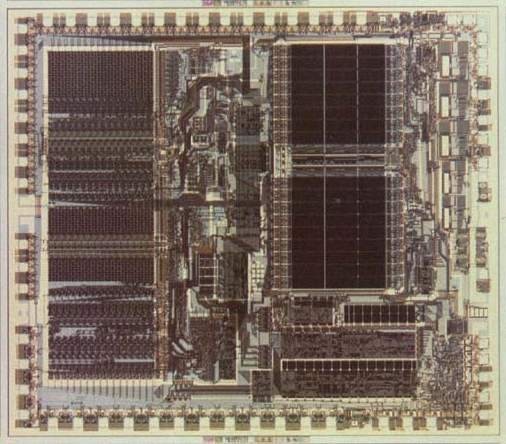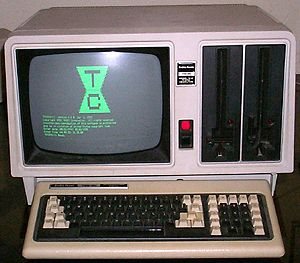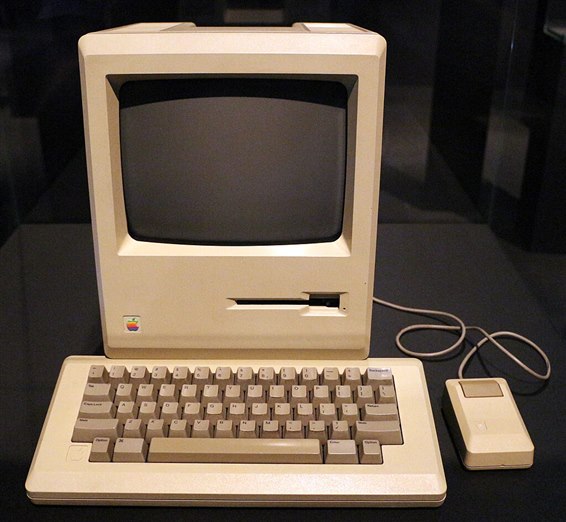 In the late 70's Motorolla, stunned the world with a new CPU family. It was the MK68k family first it was 32-bits internally, Launched first was the MC68008 which only had an 8-bit external I/O bus. Following the MC68010 was released. Followed by the MC68012 which included support for virtual memory. Next came the 2nd Generation CPUs MC68020 and MC6830. The MC68040 is a 3rd Generation CPU that was heavily pipelined! Then the 4th Generation emerged the MC68060 which was a supper scaller.
In the late 70's Motorolla, stunned the world with a new CPU family. It was the MK68k family first it was 32-bits internally, Launched first was the MC68008 which only had an 8-bit external I/O bus. Following the MC68010 was released. Followed by the MC68012 which included support for virtual memory. Next came the 2nd Generation CPUs MC68020 and MC6830. The MC68040 is a 3rd Generation CPU that was heavily pipelined! Then the 4th Generation emerged the MC68060 which was a supper scaller.
The processor family was well thought out, from the beginning the MC6000 family had an integer math processor built on the die, but no floating point processors but later the family got two floating point processors MC68881 and later, the MC68882.
The MC68000 family was so successful, in fact, there were multiple computer systems built around the family, Radio Shack TRS-80 Model 16 (Feb 82), Sun Microsystems Sun-2 (1983), Apple Mac (1984), TRS-80 Model 16, and others.
 |
 |
 |
The architecture of the MC8000 family was CISC or a Complex Instruction Set Computer, but there were additions. Like in any operation, you can do pre or post-operations like in one clock cycle C, Java, Python, and others. Below is a table that shows the difference between both processors Intel and Motorola. Now being a C programmer this is neat. Sorry I can't show the assembler for this, but I worked out to 5 instructions (Intel) vs 1 instruction (MC69000). What does this mean to software performance? Well, how about a for(int a; a <10; a++) with a counter or any other counter for that matter?
Fins: This processor is in a lot of stuff, and was the favorite of embedded stuff, until recent times.
| INTEL | MOTOROLA |
|
B = TempB - 1 |
+A = B- + C- |

-

shabaz
-
Cancel
-
Vote Up
0
Vote Down
-
-
Sign in to reply
-
More
-
Cancel
Comment-

shabaz
-
Cancel
-
Vote Up
0
Vote Down
-
-
Sign in to reply
-
More
-
Cancel
Children